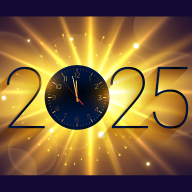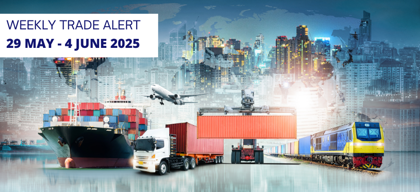Get Efficient at Taking Decisions

Leadership & Management
18 week ago — 4 min read
One of the primary roles of any leader of consequence is to evaluate choices and make decisions efficiently, exercising good judgment and speed. However, many people struggle with decision-making.
In most organizations, tasks that can be done without intervention typically get done. But, when something reaches a decision-maker, it requires action and the difference between good and mediocre leaders becomes clear at this point.
Good leaders use sound judgment, make the right decisions efficiently, and have a clear rationale. Mediocre leaders, on the other hand, often get stuck in indecision. They procrastinate, ask for more data to avoid uncertainty, and fail to take action. They lack clarity on what needs to be done.
Jeff Bezos has shared a great heuristic in many interviews. He talks about these as type 1 and type 2 decisions. Instead of giving my own interpretation, I am sharing what the great man says here.
“Some decisions are consequential and irreversible or nearly irreversible—one-way doors—and these decisions must be made methodically, carefully, slowly, with great deliberation and consultation. If you walk through and don’t like what you see on the other side, you can’t get back to where you were before. We can call these Type 1 decisions. But most decisions aren’t like that—they are changeable, reversible—they’re two-way doors. If you’ve made a suboptimal Type 2 decision, you don’t have to live with the consequences for that long. You can reopen the door and go back through. Type 2 decisions can and should be made quickly by high judgment individuals or small groups.”
Many leaders tend to use the heavy-weight Type 1 decision-making process in situations that actually require a simpler Type 2 approach. They end up becoming bottlenecks to efficient execution.
When decisions are reversible, make them fast. Your biggest risk is dragging your feet and delaying action. The cost of delaying and acquiring more information isn’t worth the effort.
When decisions are irreversible, slow them down. The biggest risk is making the wrong call. Taking the time to gather the right information is worth the effort.
Some Typical Examples
- Type 1 Decision: Hiring a Key Team Member
- This is irreversible and impacts team dynamics. And hence, it is better to take time to evaluate candidates, involve stakeholders, and align expectations before deciding.
- This is irreversible and impacts team dynamics. And hence, it is better to take time to evaluate candidates, involve stakeholders, and align expectations before deciding.
- Type 2 Decision: Creating a Draft Pitch Deck
- This is a reversible decision. Please don’t waste time perfecting it upfront. Start with a draft and improve it with feedback as you go.
- This is a reversible decision. Please don’t waste time perfecting it upfront. Start with a draft and improve it with feedback as you go.
- Type 1 Decision: Signing a Multi-Year Contract with a Vendor
- This requires due diligence, consultation with legal and finance teams, and strategic alignment before committing.
- This requires due diligence, consultation with legal and finance teams, and strategic alignment before committing.
If you are a leader, your real skill is in identifying whether you’re dealing with a Type 1 or Type 2 decision—and then taking the right action most efficiently.
Also read
Goals or Growth?
Maker Time Vs Manager Time
John Maxwell’s Five Levels of Leadership
To explore business opportunities, link with me by clicking on the 'Connect' button on my eBiz Card.
Disclaimer: The views and opinions expressed in this article are those of the author and do not necessarily reflect the views, official policy, or position of GlobalLinker.
Posted by
Pramod VeturiGlobal leader with experience managing core banking functions with proven track record of delivering business transformation and growth.
View Pramod 's profile
Most read this week












Comments
Share this content
Please login or Register to join the discussion